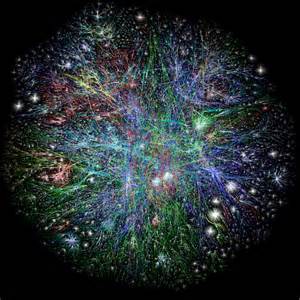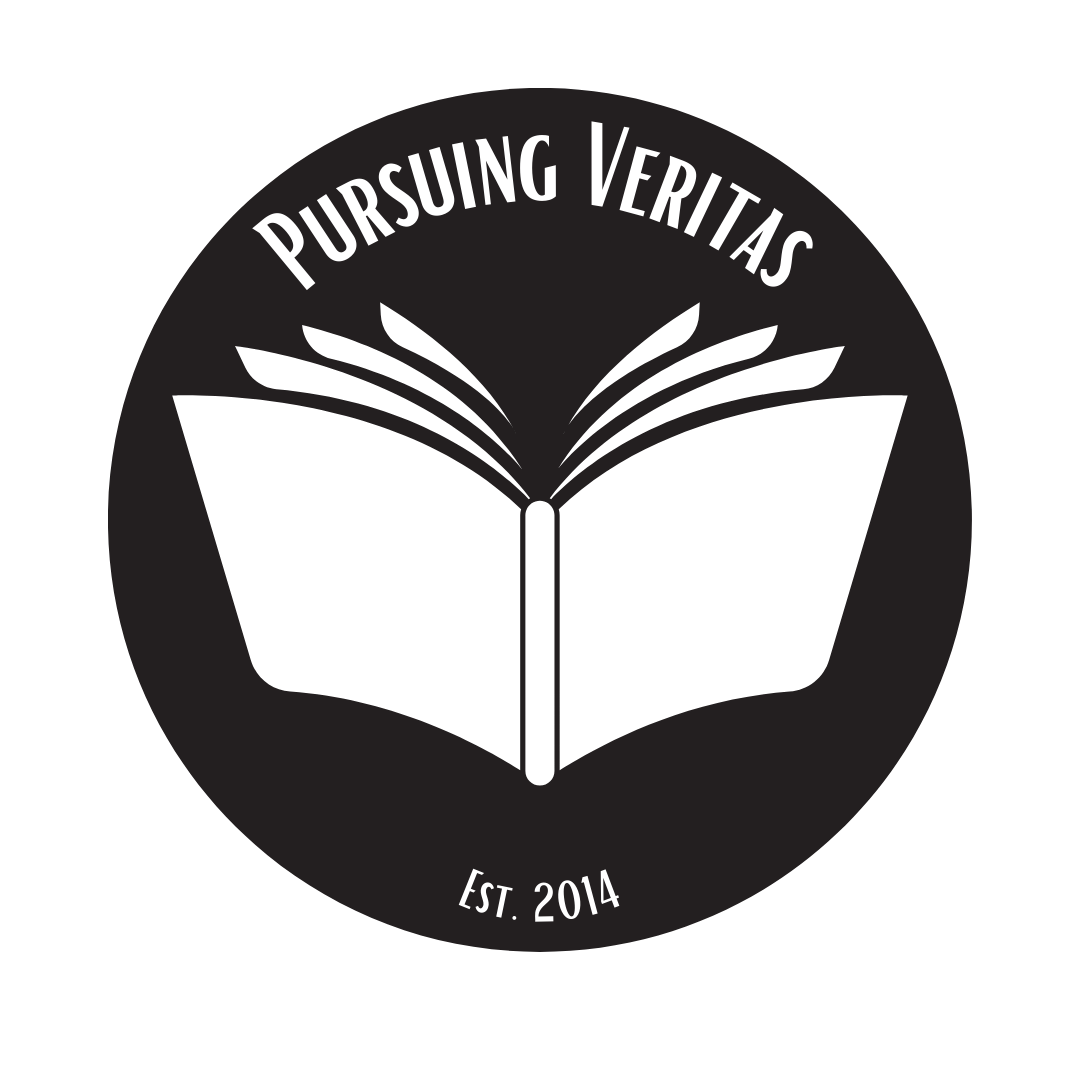This post is part of an ongoing series formulating a methodology for tracking and understanding the variety of ways in which early Christians received and utilized Scripture.
 This study’s location at the intersection of the ongoing conversations regarding reception history and intertextuality means that several aspects of these discussions are formative in the creation of a composite methodology for understanding uses of one source in another. Most broadly, the terminology of reception and “reception practices” is employed to describe the ancient phenomena of textual use, borrowing, and re-use. Second, reception history’s concern with pattern recognition and mapping are central to this project. Brennan Breed summarizes the mandate of reception history as the need to “demonstrate the diversity of capacities, [and] organize them according to the immanent potentialities actualized by various individuals and communities over time….”[1] In significant ways, categorization and organization constitute the primary tasks of the methodological outlines below. Third, this project recognizes the limitations of reception history as currently constituted, especially the overemphasis on the literary contexts of texts and relative neglect of other sociocultural factors.[2] To begin addressing these concerns a number of the principles below incorporate theological and sociocultural insights.
This study’s location at the intersection of the ongoing conversations regarding reception history and intertextuality means that several aspects of these discussions are formative in the creation of a composite methodology for understanding uses of one source in another. Most broadly, the terminology of reception and “reception practices” is employed to describe the ancient phenomena of textual use, borrowing, and re-use. Second, reception history’s concern with pattern recognition and mapping are central to this project. Brennan Breed summarizes the mandate of reception history as the need to “demonstrate the diversity of capacities, [and] organize them according to the immanent potentialities actualized by various individuals and communities over time….”[1] In significant ways, categorization and organization constitute the primary tasks of the methodological outlines below. Third, this project recognizes the limitations of reception history as currently constituted, especially the overemphasis on the literary contexts of texts and relative neglect of other sociocultural factors.[2] To begin addressing these concerns a number of the principles below incorporate theological and sociocultural insights.
Fourth, this study follows Richard Hays’s lead in adopting large swaths of terminology from intertextual studies while rejecting many of the philosophical underpinnings which led to Kristeva’s explanation of the phenomenon.[3] This is not to dismiss the insights of the poststructuralists, only to balance their perspectives with those of the longue durée of engagements with late antiquity. Fifth, the practice of criteria lists is accepted but modified in this paper. This practice has proven valuable to studies of late antique reception practices, but tends to have limited applicability outside of a particular niche of scholarship. As explained in more detail below, the impulse behind sets of criteria remains accurate, even if the application of those lists has neglected the complexity of how ancient authors made use of the sources available to them. Finally, Matthew Bates’s categories inform the terminology of this study.[4] A “text” is that item under examination. A “pre-text” or “source” is the item used by the text. A “vehicle for the pre-text” or “tradition” is the interpretive medium through which a source text is accessed by the text. A “post-text” is an item employing a source text. The placement of this project at the intersection of reception history and intertextual studies in hand, this study now turns to the outline of methodological principles for tracing reception practices in late antiquity.
[1] Breed, 141. [2] Beal, 365-7. [3] Alfaro, 279. Bates, 53. Michel Riffaterre, “The Intertextual Unconscious,” Critical Inquiry 13.2 (1987), 381-5. [4] Bates, 53-5. His additional categories are likewise helpful: “antecedent-texta” (source using pre-text before text); “relevant coeval text” (contemporary to text, showing awareness of pre-text but not text); “co-text” (direct citation of pre-text independent of text, subset of coeval text); “subsequent text” (discourse emerging in the wake of the text); and “inter-text” (relevant texts which do not fit into the co-text of coveal-text due to closeness with pre-text).

Leave a comment